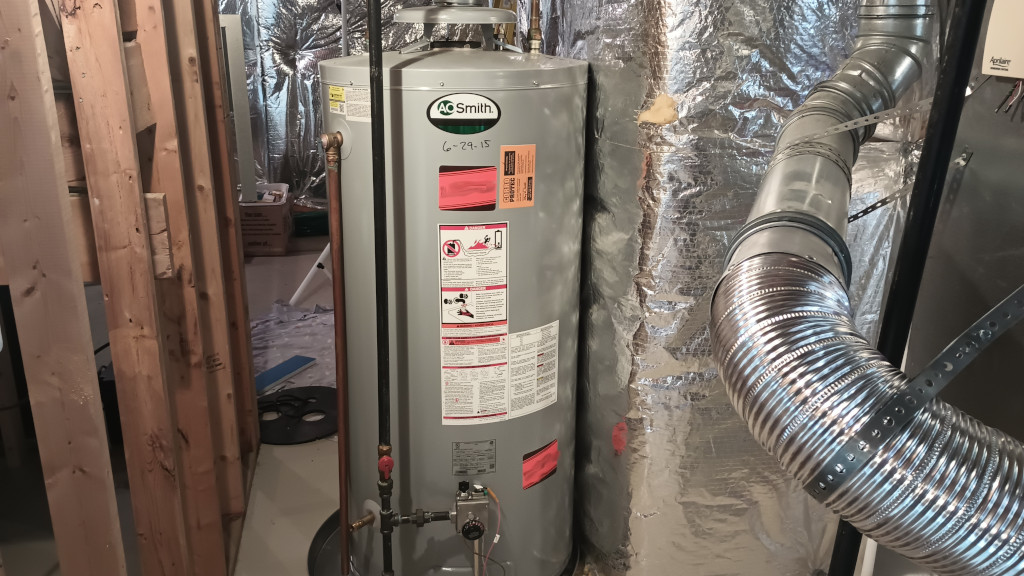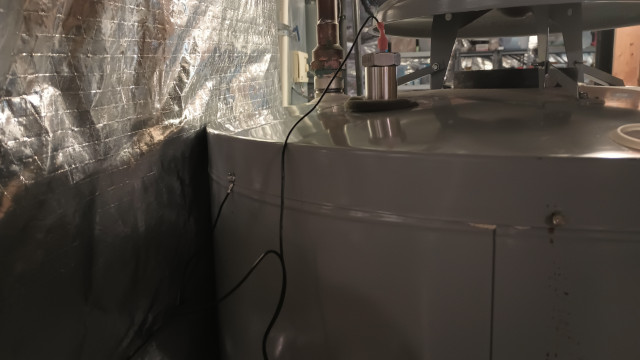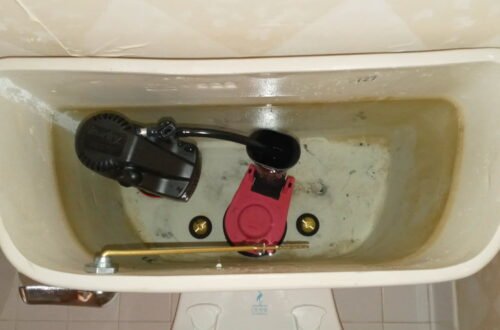
Replaced the Original Water Heater Anode Rod with a Corro-Protec Anode Rod
Updated on 2024-07-17
Our last water heater, a Rheem 75-gallon gas water heater, lasted about 17 years. I never replaced the anode rod in that water heater and I wondered if it would have lasted longer if I had. The replacement 75-gallon gas water heater, made by A.O. Smith, cost my wife and I $1,810. I didn’t realize that water heaters were so expensive, so I endeavored to do everything I could to keep the replacement water heater for as long as possible.
While I did drain and flush the new water heater about every 1-2 years, I never got around to checking the anode rod due to my struggles with multiple health issues, looking for employment for a number of years, and dealing with other home maintenance issues.
I don’t remember exactly how I found the video, but a video title on the LRN2DIY YouTube channel caught my attention one day toward the end of 2023. The title of the video is 30 Minute Secret Makes Your Water Heater Last Decades. The video discussed the benefits of installing a Corro-Protec anode rod. After watching the video, I was sold on the idea.
I didn’t like the idea of having to use straps to prevent rotating the water heater and I’ve heard that anode rod removals can be difficult to just about impossible to remove manually. Therefore, I did some more searching on YouTube and I found videos showing how to use an impact wrench to remove an anode rod.
I found an excellent video on the Scott Driscoll YouTube channel. In addition to showing how to use an impact wrench to remove a water heater anode rod and install a Corro-Protec anode rod, the channel creator also describes how anode rods work, starting at 10:10 in the video.
In a video on the Godchaserwi1 YouTube channel, the content creator shows how to remove a water heater anode rod using an impact wrench and he also shows how to work around a low ceiling.
In February, I purchased the following items from Amazon: Corro-Protec water heater anode rod, Porter Cable 1/2-in impact wrench, and a set of impact wrench sockets. Most water heater anode rods require a 27mm or a 1 1/16-in socket for removal.
My wife left town one weekend in May, so it was an ideal time for me to replace the anode rod in the water heater, as well as draining and flushing the water heater and checking the pressure relief valve.
I put the water heater in pilot mode (gas water heater) on a Saturday night. By early Monday morning, the water was cool enough for me to begin work. I went down to the basement about an hour and a half before starting work to scope out any potential issues. I noticed that there was a plastic collar in the cavity housing access to the anode rod. I took a 27mm impact wrench socket and tried to insert it into the cavity, but the plastic collar prevented the socket from inserted into the cavity.
I also needed to figure out a way to plug the power adapter for the Corro-Protec anode rod into an electrical outlet. There is only one electric outlet next to the water heater and that outlet was occupied by the adapter for the sump pump.
So I went back upstairs and I searched YouTube for videos on removing an anode rod from an A.O. Smith water heater. I found a video on the Richard Lloyd YouTube channel that showed exactly how to remove the plastic collar.
After working on my computer for an hour or so, I then went back down into the basement and shut off the cold water supply to the water heater. I hooked up a hose to the water heater and placed the end of the hose into the sump pump pit so that the water from the water heater would drain into the sump pit and the sump pump would then send out into the back yard.
In addition to draining some water from the water heater to help depressurize it, I also opened a faucet on the main and upper level of the home. Once I felt that enough water had drained from the water heater, I shut the drain valve off and commenced to remove the original anode rod from the water heater. The impact wrench made removing the anode rod a breeze.
Evidently, I didn’t depressurize the water heater enough because once the anode rod was completely unscrewed and I attempted to lift it, water gushed out of the opening. I placed the anode rod back into the opening and began draining all of the water from the water heater. I was then able to remove the original anode rod without water coming out of the anode rod opening. Fortunately, our basement ceiling was high enough that I was able to easily remove the anode rod without issue. The original anode rod still looked to be in good, usable condition for being almost 9-years-old.

I then installed the new Corro-Protec anode rod. After installing the anode rod, I attached the electrical adapter grounding connector to a screw on the water heater and then I attached the powered connector to the anode rod.

I decided to temporarily use a multiple outlet strip to enable use of the single outlet closest to the water heater, so I plugged in the sump pump and the Corro-Protec adapter to the multiple outlet strip.
I plan to purchase a surge protector multiple outlet strip, secure it somewhere close to the water heater, and use it to power the sump pump and the Corro-Protec anode rod.
Once the water heater had completely drained, I then commenced to partially fill and completely drain the water heater a couple of times to flush it.
Upon completing flushing of the water heater, I filled the water heater and checked for leaks. I didn’t see any leaks, so I went up to the main and upper levels of our home and cleared the air from the water lines.
I went back down into the basement and checked for leaks again; there were no leaks. I also checked the power light on the anode rod electrical adapter to make sure it was on and it was. The green light lets you know that the Corro-Protec anode rod is working; i.e. water is in contact with the anode rod and electricity is getting to it.

I then tested the pressure relief valve, which worked, so I then turned the water heater thermostat up to begin heating the water; mission accomplished.
I check the water heater periodically to insure that there are no leaks. The water heater will probably need to be replaced before the anode rod needs to be replaced since the water heater is almost 9-years-old. In addition to water possibly corroding the inner tank, there’s also the issue of the frequent gas flame heating the bottom of gas water heaters that can eventually necessitate tank replacement.
2024-004




